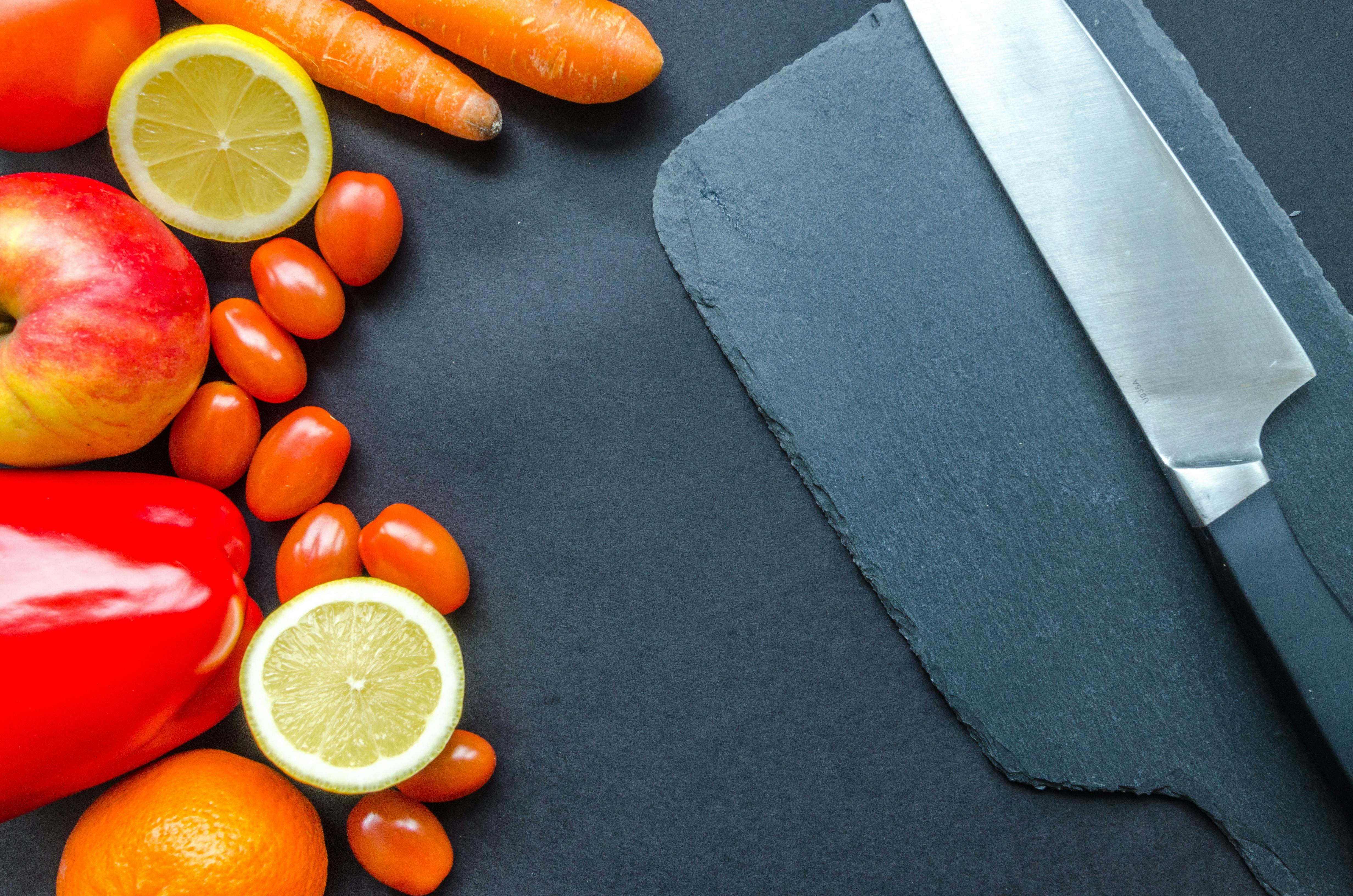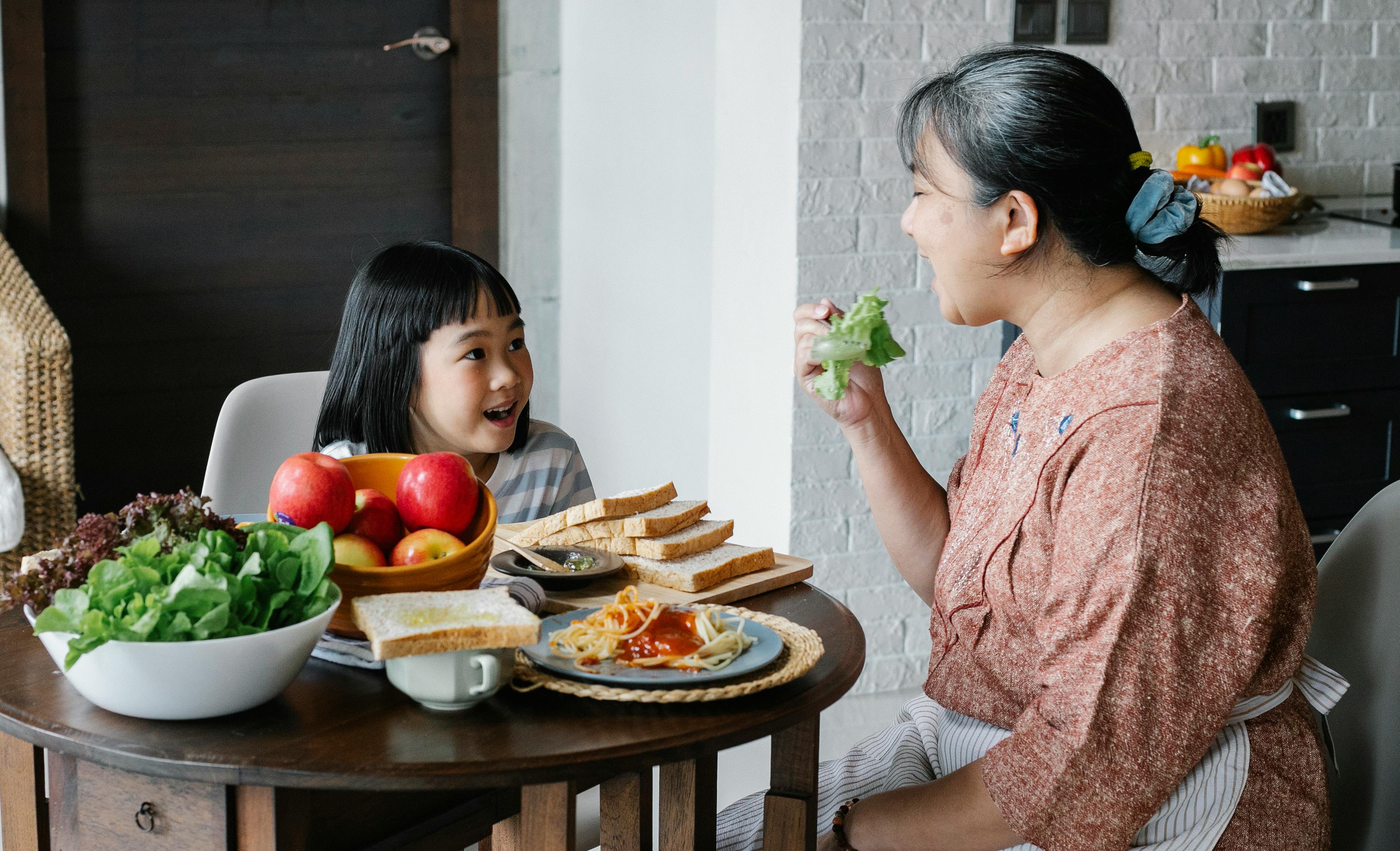Kitchen design can be as simple as a straight countertop with minimalist appliances, or as sophisticated as multiple sinks, dishwashers, stoves, and ovens on islands, under islands, on islands, and more. Wine coolers can fit in the space of a dishwasher or be as tall as a pantry. The sinks can be troughs to fill with ice to chill bottles, small for an entertainment center, double or triple bowls and an infinite variety of materials. Materials vary wildly, you can go eco-friendly with countertops made from compressed recycled paper, clear glass, concrete, granite, limestone, or the old models. Even within materials, such as granite, prices vary wildly depending on the exact stone chosen, and you can find a very reasonable and beautiful stone if you look around. There is an infinite world of possibilities in the kitchen.
First, we can start with some design basics. How much space do I need for a kitchen? Well that depends on what you want in it. In its smallest form, you could fit a kitchen in a 5′-4 “x 7′-5” space, but there wouldn’t be much more to it than some very small appliances without a dishwasher. Let’s look at some standard fixture and accessory size ranges.
- Sinks– Sinks come in many sizes, depths, materials, and prices. You can get them as narrow as 11 “wide, but you probably want to plan for a cabinet of at least 30” – 36 “, which can accommodate a wide range of standard size kitchen sinks from 25” to 33 “in a variety of styles ( recessed, undermount, or exposed front cutout) .You will also need to decide if you like a one-, two- or three-sink sink, as that will affect the sizes available. There is also the option of placing the sink on an island or placing a single sink entertainment or sink in a secondary location.
- DishwasherDishwashers are pretty easy because they’re pretty standard at 24 “.
- Cooking– Again we have multiple options, but the sizes are a bit easier. You have the option of a freestanding or slide-out range, in which the unit fits between two cabinets, typically 30 “wide, a range with separate ovens, (either underneath or in a separate cabinet), which comes standard. in 30 “or 36” sizes and will fit in that cabinet size (although you can get professional-style ranges up to 48 “); or a professional style range made by companies like Viking, Wolfe or GE Monogram ranging from 24 “to 60” and require significant ventilation. If you choose a separate oven in some type of wall oven arrangement, standard oven widths are generally 27 “and 30”, although up to 36 “can be found.
- Refrigerators: Options, choices! Refrigerators are kind of two basic style decisions. Do you want one that is shallow (about 2 ‘) and is known as recessed or countertop depth, or do you want the traditional style a little deeper where some of the sides of the refrigerator are exposed? The shallower built-ins generally come in 36 “, 42” and 48 “, while the deeper styles can be found just under 30” wide and up.
- Taps: Kitchen faucets, in addition to an almost infinite variety of styles, materials and colors, have also evolved. Faucets are now available just to fill the pots on your stove, have a choice of removable sprinklers or separate sprinklers, single or multiple handles, are available with two-button remotes for a prep sink that allows for quick rinsing of the sink or a more complete cleaning flow, and can be adapted to any décor, from ultra-modern to Renaissance.
How much countertop is enough? According to the National Kitchen and Bath Association (NKBA), a total of 158 inches (13′-2 “) of countertop fronts (not corners) is needed to accommodate all kitchen uses. Try to allow for a continuous section of countertop at least 36 inches wide by 24 inches deep next to your main work area The NKBA recommends that you leave at least a 15-inch countertop area next to your oven and on the handle side of the oven. your refrigerator.
When it comes to storage, the NKBA recommends a total shelf / drawer front of 1400 inches for a small kitchen (less than 150 square feet), 1700 inches for a medium kitchen (151 to 350 square feet), and 2000 inches for a kitchen. large (over 350 square feet). What does this mean? Does this mean I need 100+ ‘of shelves for a small kitchen? Well yes, but each individual drawer or shelf must be counted towards the total. So if you have a 24 “wide, 30” tall cabinet with 3 shelves, you already have 6 ‘of shelving. And if there was a 24 “base cabinet with 4 drawers, there are another 8 ‘, so this 24” area of your kitchen already has 14’ of shelves.
What is “the work triangle”? The work triangle represents the three main workstations in the kitchen: the cooking zone, the refrigerator, and the sink. Measuring from the center of each, the maximum total length of the triangle should not be greater than 26 feet with the maximum span not greater than 9 feet and the minimum not less than 4 feet. In 3D Home Decorator, there are actually 9 and 4 foot arrows that you can place on your floor plans to test distances.
Eating areas are not limited to tables! Islands can host eating areas, cooking areas, scrubbing areas, or simply prep areas. A typical kitchen counter is 34 to 36 inches tall. A table is usually 30 inches high. Therefore, when planning kitchen eating areas, part of an island eating area can be dropped at table height or a table can be built as an extension of an island, dropped at table height. counter with stools or raise it to 42 inches for a high countertop dining area, which is often used to hide the counter work surface behind it when viewed from the rest of the room.
How much space is ideal between a table and the wall? The NKBA (National Kitchen and Bath Association) recommends a minimum of 32 inches if there is no need to pass through traffic. 36 inches will allow someone to squeeze in and 44 inches will allow one person to pass. If you need to pass a wheelchair, allow 60 inches.
It’s best to vent your stove to the outside if possible, but there are recirculation fans that will draw odors out of the air if outside ventilation is not available. Do not place cooking surfaces under operable windows. If you are lucky enough to have an operable window above counter height in your kitchen, place the sink under it instead of your stove. You can place a microwave with a fan combination over your range, either with exhaust to the outside or by recirculating the air.
Don’t waste the corners of your kitchen. Top cabinets can be decorative open shelves or have a two-part door that opens both sides of the cabinets. Blind base cabinets can have lazy susans, which pivot for access, or base cabinets can have shelves that pull out, swing to the side, and allow deeper shelves to be pulled out into accessible locations. While it is the most difficult to access, the least expensive solution is just to have deep shelves or a simple lazy-susan (the revolving shelves). If you have an L-shaped kitchen or an island with a peninsula configuration, the doors can be placed on both sides for easy accessibility.
Don’t forget the space between the upper and lower cabinets. If you have more than enough countertop, the space between the upper and lower cabinets (even in the corners) can have louvered doors (roll-up doors) that can hide appliances or the space can be filled with open wine racks, leaving half the the exposed countertop. for the usual purposes.
Cabinets come in all sizes. Base cabinets come in all widths from 3 inches up and depths from 12 inches to 24 inches and larger, so they can meet all kinds of needs. The removable 9- and 12-inch bases for soda bottles and cans are wonderful and efficient for filling tighter spaces. There are low cabinets with pull-outs for trash and / or recycling, or with lift-up shelves for a Kitchenaid Mixmaster appliance. A 12-inch deep cabinet at the end of an island can be used for cookbooks or designed to store wine. Don’t forget the full-height pantries, which can have shelves, drop-down drawers, door accessories for spices, or other specialty storage. Both the lower and upper cabinets can be opened decoratively for wine, books, glassware and more. An 18 “or 24” base could have a small wine or soda cooler built in. There are 6 “tall drawer cabinets or open shelves that can fit under the top cabinets to provide storage for smaller items. Base cabinets can also have glass doors and elegant faces, which can be used to display specialty dishes. With storage at a premium, kitchen cabinets have gotten very smart to offer maximum efficiency in minimum space.



